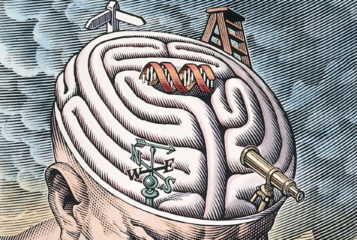Scientists say they have developed the most robust model yet to estimate how likely a woman is to have a chromosomally normal embryo for IVF depending on her age.
Dr Sanchez Esteves of Aarhus University, Denmark, presented the findings at the European Society of Human Reproduction and Embryology (ESHRE) annual conference in Barcelona, Spain.
'Previous papers actually calculated euploid [embryos with the correct number of chromosomes] probability based on rates, this study is different because we are calculating probability using a mathematical model – it is more robust,' said Dr Esteves.
He and his team looked at about 1120 biopsies from the trophectoderm, also known as the trophoblast, which is the outer layer of cells of a blastocyst. These biopsies came from the embryos of 436 infertile couples undergoing ICSI and preimplantation genetic testing for aneuploidy (PGT-A) between 2016 and 2017.
The team used the data obtained from the biopsies in statistical analyses to come up with seven potential mathematical models. These were then whittled down to the best candidate.
The likelihood of aneuploidy – having the incorrect number of chromosomes – in an embryo, goes up with a mother's age. The model shows not only that the chance of getting a euploid embryo decreases with a woman's age, but that the odds worsen progressively year on year.
However, Dr Esteves cautioned that other factors might also affect the likelihood of obtaining a normal embryo. 'Here we are considering women's age only.'
The team hope that the research will benefit fertility patients. Dr Esteves noted that the model could be used to work out how many embryos might be needed for assisted reproduction.
'The mathematical formula can estimate the minimum number of blastocysts you need to get at least one euploid blastocyst for transfer,' he said. '[It] could be important to provide transparent information for a patient for us to discuss the treatment options… and to prepare the patient emotionally as well.'
However, selecting euploid embryos for implantation is not guaranteed to improve IVF success. Some experts think that procedures such as PGT-A mean that viable embryos are discarded (see BioNews 930).
Such services are among the controversial IVF 'add-ons' and the HFEA currently advises patients that 'there is little evidence showing it improves success rates' particularly in older patients.






Leave a Reply
You must be logged in to post a comment.